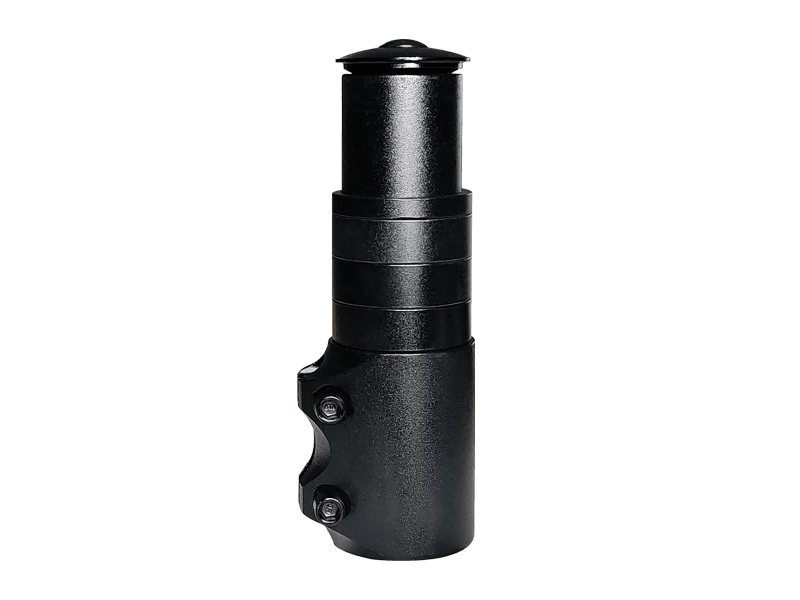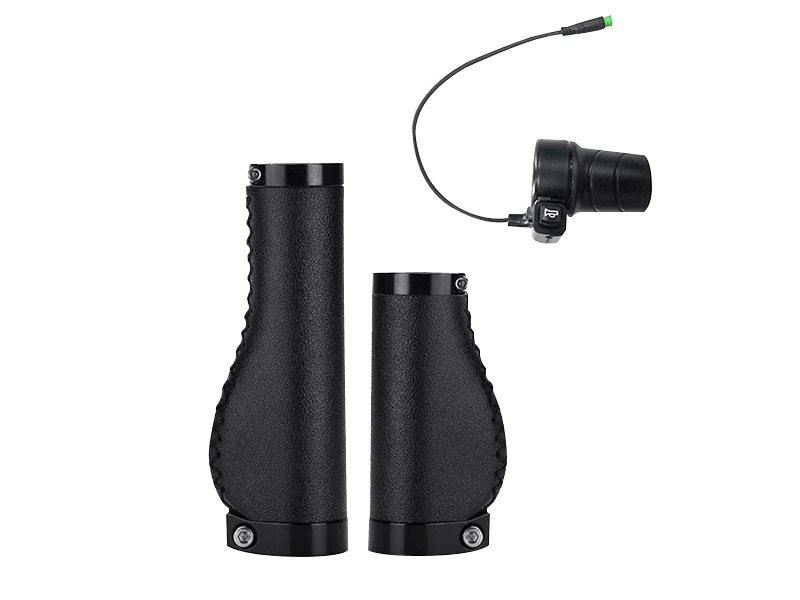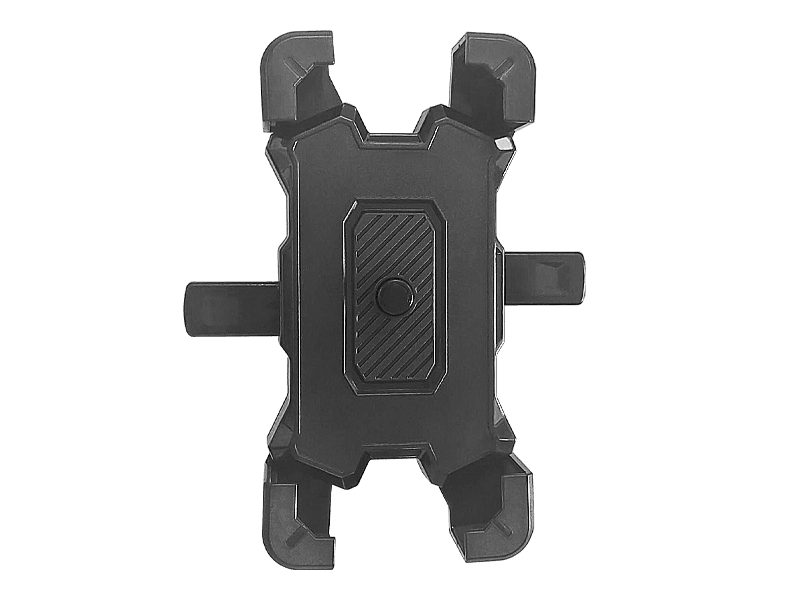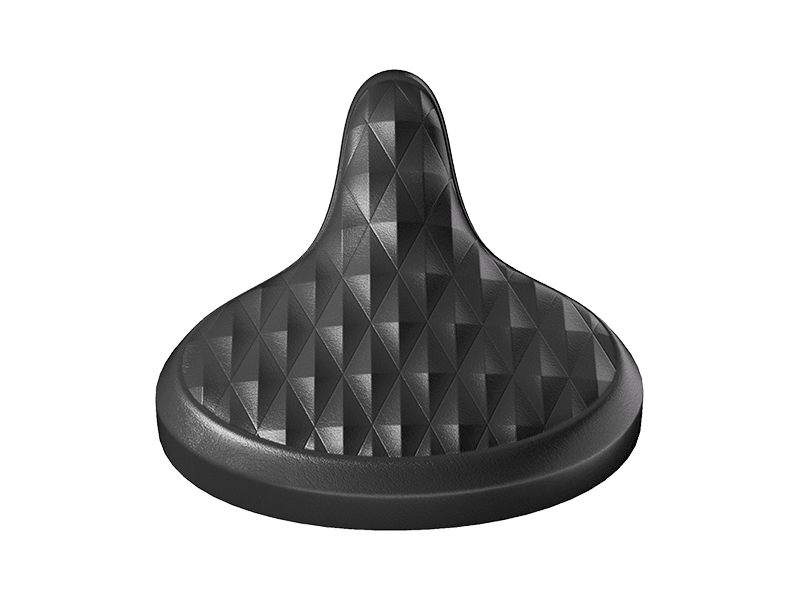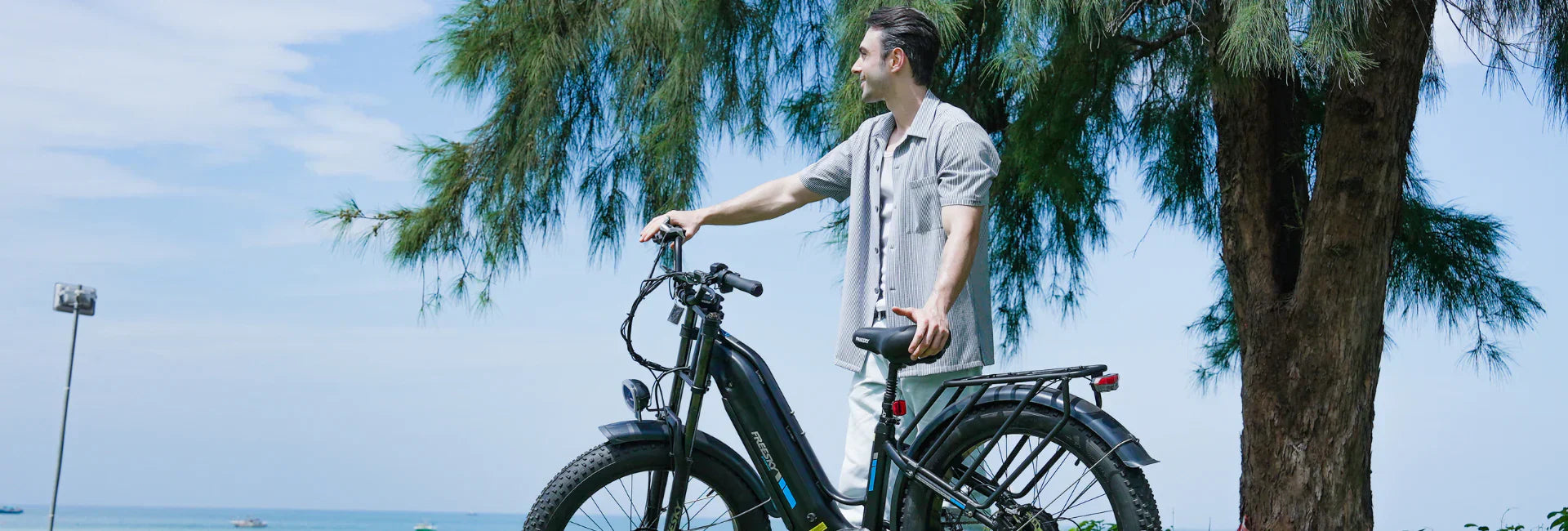Is Step-through Frame Safe?
JAN 20, 2025
The question of whether a step-through frame is safe often arises when considering bicycles for various purposes, especially among those who are new to cycling or those who prioritize comfort and ease of use. Step-through frames, also known as "ladies' bikes" or "comfort bikes," are designed with a lower, more accessible top bar that allows riders to mount and dismount the bike without having to swing a leg over a high crossbar. This design feature is particularly appealing to those who may have limited flexibility, are wearing skirts or dresses, or simply prefer a more convenient riding experience.
When it comes to safety, the step-through frame design does not inherently compromise the structural integrity of the bicycle. In fact, many modern step-through frames are constructed from high-quality materials like aluminum or carbon fiber, which are lightweight but extremely durable. The design itself may offer additional stability, as the lower center of gravity can make the bike easier to balance, especially for beginners.
However, safety is not solely determined by the frame design but also by factors such as the quality of the components, the condition of the bike, and the riding habits of the user. A well-maintained step-through bike with quality brakes, tires, and handlebars can be as safe as any other type of bicycle. Riders should always ensure that their bikes are properly adjusted to fit their body size and riding style, and they should practice safe riding habits, such as wearing a helmet, obeying traffic rules, and riding at a safe speed.
It's also worth noting that step-through frames may not be the best choice for certain types of riding, such as mountain biking or high-speed road cycling, where a more traditional frame design may offer greater rigidity and responsiveness. But for casual riding, commuting, or leisurely activities, a step-through frame can provide a safe and comfortable riding experience.
In conclusion, the safety of a step-through frame bicycle depends on multiple factors, including the quality of the bike, the condition of its components, and the riding habits of the user. While the design itself does not compromise safety, it is essential to ensure that the bike is suitable for the intended use and that the rider practices safe riding techniques. With proper care and attention, a step-through frame bike can be a safe and enjoyable choice for many riders.


